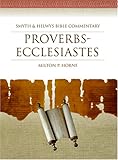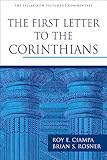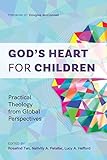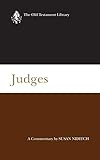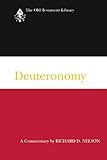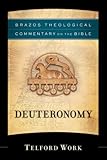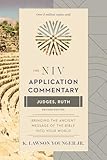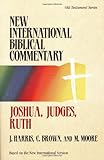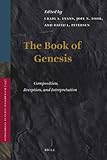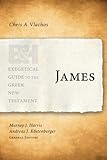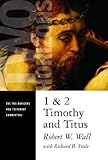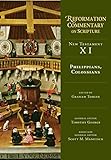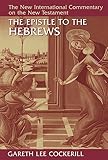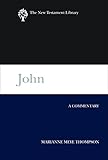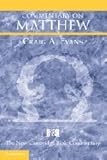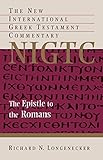One Gospel, Two façades: The Change of the Intended Reader in the Beginning of the Fourth Gospel (John 1:1-34)
Schmidt, Sergio Alejandro
One Gospel, Two façades: The Change of the Intended Reader in the Beginning of the Fourth Gospel (John 1:1-34) - Johannesburg, South Africa South African Theological Seminary 2016 - 542p PDF A4 Abstract. Abbreviations. Table of contents. Works cited.
For many years, exegetes have been speaking of the possibility that the Gospel of John might have had another façade. If such were the case, the actual prologue, John 1:1-18, would have been a later insertion. For all this exegetical analysis it is essential to focus on John 1:6-8(9).15. Since the XVIII century, biblical scholars have affirmed that the two statements regarding John the Baptist break the flow of the prologue of John. It was also conjectured that, perhaps, the first façade of the Fourth Gospel began with John 1:6ff.19-34. To my knowledge, there has been no research analysing the historical reasons behind the significant change at the beginning of this gospel. If the above mentioned hypothesis could be proved, then this change to the beginning of the Gospel of John would have catalyzed a change in the intended reader of this gospel. A change in the intended reader could imply, in turn, that there had been a change in the context of the Johannine Community. The main problem in the present research is how, why and where was there a change in the intended reader in the Prologue of the Gospel of John? This study begins by analysing the redactional history of John 1:1-18 in search of the evidence that would prove that this powerful pericope was not the first façade of this gospel. This analysis suggests that the Fourth Gospel had once begun with John 1:6.7ac.15.19-34. The next step is the analysis of the intended reader of both façades. Once this examination is completed, through the comparison of the two façades, it would be possible to state that, perhaps, in the first façade, the intended reader was the Israelite community, the context of which would have been Palestine, before 70 AD; in the second façade, the intended reader was universal, for all believers, and the setting would have been in Ephesus, approximately 85-90 AD. This analysis affords a better understanding of the Fourth Gospel, while providing a lesson for sharing the kerygma today in the same faithful and flexible way as the Johannine Community, certainly did.
New Testament --John 1:1-34--World wide
One Gospel, Two façades: The Change of the Intended Reader in the Beginning of the Fourth Gospel (John 1:1-34) - Johannesburg, South Africa South African Theological Seminary 2016 - 542p PDF A4 Abstract. Abbreviations. Table of contents. Works cited.
For many years, exegetes have been speaking of the possibility that the Gospel of John might have had another façade. If such were the case, the actual prologue, John 1:1-18, would have been a later insertion. For all this exegetical analysis it is essential to focus on John 1:6-8(9).15. Since the XVIII century, biblical scholars have affirmed that the two statements regarding John the Baptist break the flow of the prologue of John. It was also conjectured that, perhaps, the first façade of the Fourth Gospel began with John 1:6ff.19-34. To my knowledge, there has been no research analysing the historical reasons behind the significant change at the beginning of this gospel. If the above mentioned hypothesis could be proved, then this change to the beginning of the Gospel of John would have catalyzed a change in the intended reader of this gospel. A change in the intended reader could imply, in turn, that there had been a change in the context of the Johannine Community. The main problem in the present research is how, why and where was there a change in the intended reader in the Prologue of the Gospel of John? This study begins by analysing the redactional history of John 1:1-18 in search of the evidence that would prove that this powerful pericope was not the first façade of this gospel. This analysis suggests that the Fourth Gospel had once begun with John 1:6.7ac.15.19-34. The next step is the analysis of the intended reader of both façades. Once this examination is completed, through the comparison of the two façades, it would be possible to state that, perhaps, in the first façade, the intended reader was the Israelite community, the context of which would have been Palestine, before 70 AD; in the second façade, the intended reader was universal, for all believers, and the setting would have been in Ephesus, approximately 85-90 AD. This analysis affords a better understanding of the Fourth Gospel, while providing a lesson for sharing the kerygma today in the same faithful and flexible way as the Johannine Community, certainly did.
New Testament --John 1:1-34--World wide

